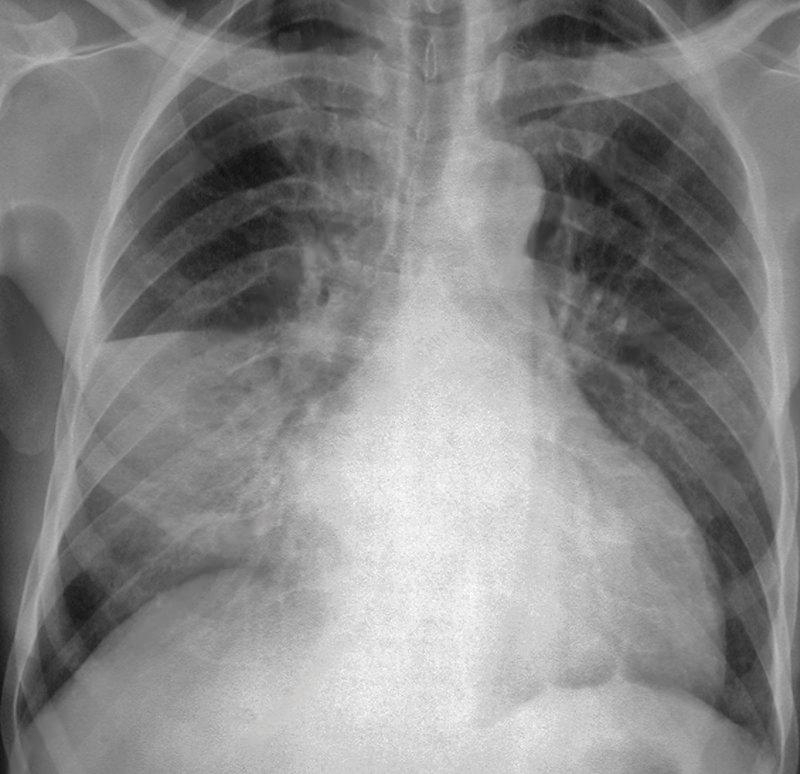High mobility group box 1 (HMGB1) is a protein that has garnered significant attention in the scientific community due to its diverse roles in health and disease. Initially identified as a non-histone chromosomal protein, HMGB1 has since been found to participate in a wide range of cellular processes, including gene transcription, inflammation, and cell migration. This article will delve into the structure and functions of HMGB1, its role in inflammation, and its implications for various diseases.
Structure and Functions of HMGB1
HMGB1 is a member of the high mobility group (HMG) protein family, which is characterized by its ability to bend DNA and facilitate the binding of other transcription factors. The HMGB1 protein consists of two DNA-binding domains and a continuous stretch of positively charged amino acids known as the B box. These domains enable HMGB1 to bind to DNA, bend it, and recruit other proteins to form complexes that regulate gene transcription.
In addition to its nuclear localization and role in transcription, HMGB1 can also be released into the extracellular environment, where it acts as a pro-inflammatory cytokine. This release can occur passively from necrotic cells or actively from immune cells such as macrophages and monocytes. Once in the extracellular space, HMGB1 can bind to various receptors, including the receptor for advanced glycation end-products (RAGE) and Toll-like receptor 4 (TLR4), to trigger inflammatory signaling pathways.
HMGB1 and Inflammation
The role of HMGB1 in inflammation has been extensively studied, particularly in the context of sepsis, a life-threatening condition characterized by an overwhelming inflammatory response to infection. HMGB1 is released in large quantities during sepsis, and its levels in the blood have been shown to correlate with disease severity and mortality.
HMGB1 promotes inflammation by inducing the production of pro-inflammatory cytokines such as TNF-alpha and IL-1 beta, and by recruiting immune cells to the site of inflammation. It can also prolong inflammation by inhibiting the production of anti-inflammatory cytokines and preventing the resolution of inflammation.
In addition to sepsis, HMGB1 has been implicated in a variety of other inflammatory conditions, including arthritis, atherosclerosis, and cancer. In these diseases, HMGB1 can fuel a chronic inflammatory state that contributes to tissue damage and disease progression.
HMGB1 as a Therapeutic Target
Given its key role in inflammation and disease, HMGB1 has emerged as a promising therapeutic target. Strategies aimed at reducing HMGB1 levels or blocking its activity have shown promise in preclinical models of various diseases.
For example, antibodies against HMGB1 have been shown to improve survival and reduce organ damage in animal models of sepsis. Similarly, HMGB1 inhibitors have been found to reduce inflammation and improve outcomes in models of arthritis and cancer.
In addition to these direct targeting strategies, indirect approaches aimed at reducing HMGB1 release or modulating its activity are also being explored. For example, certain anti-inflammatory drugs have been found to inhibit HMGB1 release from immune cells, and nutritional interventions such as calorie restriction have been shown to reduce HMGB1 levels and activity.
Conclusion
The HMGB1 protein plays a complex and multifaceted role in health and disease, participating in gene transcription, inflammation, and cell migration. Its release during cell death and its ability to trigger pro-inflammatory signaling make it a key player in the inflammatory response. Given its implication in a variety of diseases, HMGB1 has emerged as a promising therapeutic target, with strategies aimed at reducing its levels or blocking its activity showing promise in preclinical models. Further research is needed to fully elucidate the mechanisms by which HMGB1 contributes to disease and to explore its potential as a therapeutic target for the treatment of inflammatory and other diseases.




